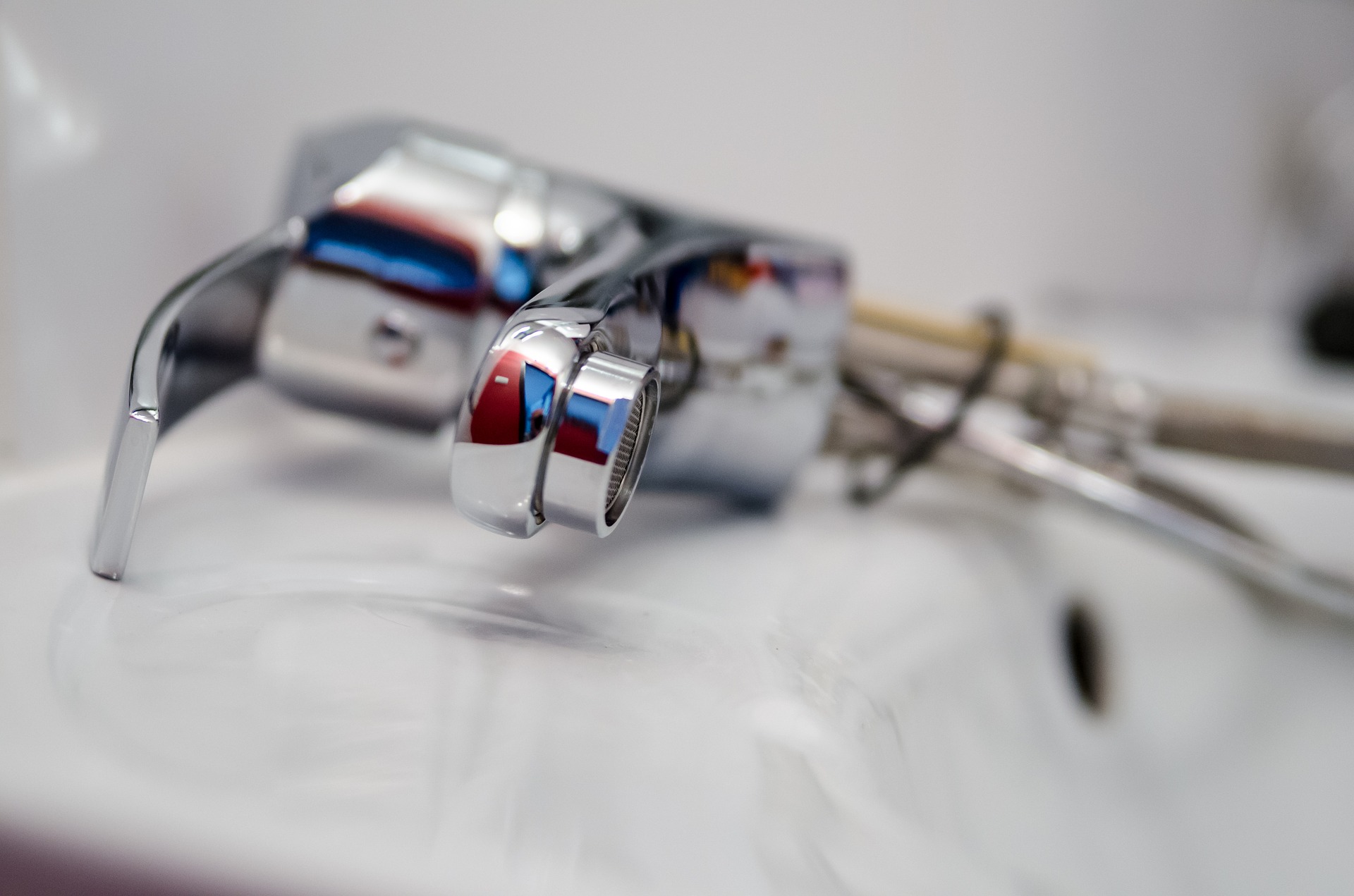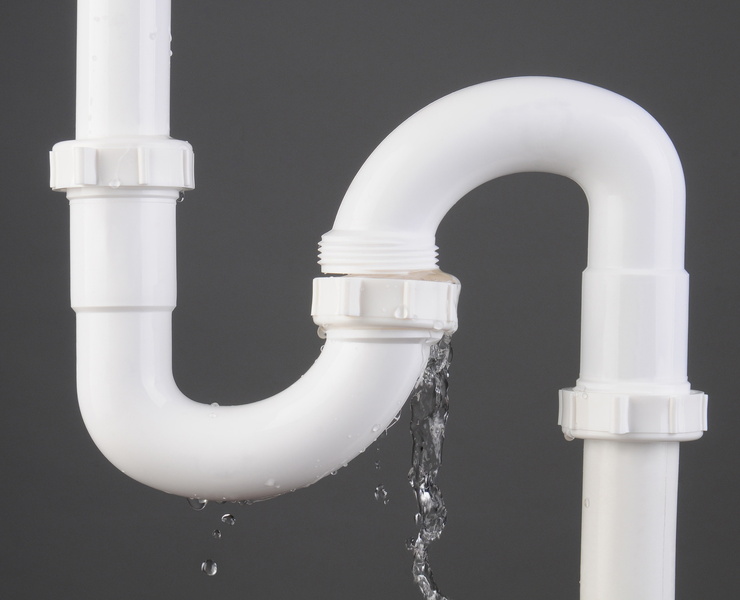Getting the ABCs of Home Plumbing: A Beginner's Overview
Getting the ABCs of Home Plumbing: A Beginner's Overview
Blog Article
We have come across this article on Plumbing basics: How your home plumbing works listed below on the web and think it made good sense to relate it with you in this article.

Plumbing is an important aspect of any type of home, responsible for supplying clean water for drinking, food preparation, and bathing, in addition to removing wastewater safely. Comprehending the fundamentals of home plumbing is essential for every property owner to ensure appropriate maintenance, troubleshooting, and, if needed, fixings. In this newbie's guide, we'll cover the basic concepts of home plumbing to aid you end up being much more acquainted with how it functions.
Water Heater
The water heater is responsible for heating water for residential usage, including showering, food preparation, and cleansing. Common sorts of hot water heater include tank-type hot water heater, tankless (on-demand) hot water heater, and heat pump hot water heater. The water heater is connected to the supply of water system and provides hot water to plumbing fixtures as required.
Drain System
The drain system removes wastewater from your home and carries it away to a sewer therapy center or septic system. It consists of a network of pipes, installations, and components that carry wastewater from plumbing components to the main sewer line or septic system. Appropriate drainage is important to protect against blockages, backups, and sewage leakages.
Ventilation System
The air flow system helps preserve correct air pressure and protect against drain gases from entering your home. Air vent pipes, additionally referred to as vent stacks, extend from plumbing fixtures to the roofing system, permitting sewer gases to get away safely outdoors. Air flow pipes likewise enable air to get in the drain system, facilitating smooth wastewater flow and preventing suction or vacuum impacts.
Water System
The water supply system brings tidy water into your home from a metropolitan water source or a private well. It consists of a primary water line that connects to your home's plumbing system, typically located underground. A water meter measures the amount of water taken in, while a shut-off valve enables you to manage the flow of water right into your home.
Plumbing Fixtures
Plumbing fixtures are devices that deliver water to various parts of your home and consist of sinks, faucets, commodes, showers, tubs, and devices such as dish washers and cleaning machines. Each component is linked to the supply of water system using pipes and installations and may have its shut-off valve for maintenance or emergency situations.
Typical Plumbing Devices
Having the right devices accessible is essential for carrying out fundamental plumbing repair work and maintenance jobs. Typical plumbing devices consist of adjustable wrenches, pipe wrenches, pliers, pipe cutters, hacksaws, plungers, augers (or drain serpents), and Teflon tape. Having these tools readily offered can aid you take on minor plumbing issues successfully.
Standard Plumbing Repair Services
While some plumbing repair services may call for expert aid, lots of common problems can be attended to with basic DIY strategies. Learning exactly how to fix a leaking faucet, unclog a drain, change a bathroom flapper, or repair a leaking showerhead can save you time and money on plumbing repairs.
Final thought
Comprehending the fundamentals of home plumbing is important for every property owner to preserve a secure, useful, and efficient plumbing system. By familiarizing yourself with the supply of water system, plumbing components, drain system, air flow system, common plumbing tools, and fundamental repairs, you can with confidence attend to small plumbing issues and guarantee your home's plumbing system runs smoothly.
Plumbing for Beginners: A Comprehensive Guide
If you’re a beginner when it comes to plumbing, don’t worry; you’re not alone. Plumbing may seem intimidating, but with the right knowledge and a little practice, you can handle many common plumbing issues on your own. In this comprehensive guide, we will demystify the world of plumbing for beginners, providing you with the basic knowledge and skills needed to tackle common plumbing problems and even take on some DIY plumbing projects.
The Importance of Basic Plumbing Knowledge for Beginners:
First and foremost, basic plumbing knowledge gives you a solid foundation. It helps you grasp the key concepts and terminology that are essential in this field. By learning the basics, you’ll be able to build upon that knowledge and tackle more complex plumbing tasks in the future.
Having a basic understanding of plumbing also enables you to handle common issues that may arise in your home. Picture this: a leaky faucet or a clogged drain. With some basic plumbing knowledge, you’ll have the confidence to troubleshoot and fix these problems on your own. It saves you from unnecessary expenses and the hassle of waiting for a professional to arrive.
As a beginner, learning the basics of plumbing empowers you to take care of your own home. It gives you a sense of independence and self-reliance. You’ll no longer have to rely solely on professionals for every small issue that pops up. Instead, you can handle many tasks yourself, saving time and money in the process.
Remember, everyone starts as a beginner. Embrace the learning process and take small steps to expand your plumbing knowledge. There are plenty of online resources, tutorials, and even local workshops that talk about plumbing for beginners.
Essential Tools for Plumbing for Beginners
As you start your plumbing journey, having the right tools in your toolbox is crucial. Let’s explore some of the must-have tools:
Adjustable Wrench:
This versatile tool is a staple in any plumber’s toolbox. It allows you to tighten or loosen nuts and bolts of various sizes. Make sure to have an adjustable wrench with a comfortable grip.
Pipe Wrench:
A pipe wrench is specifically designed for gripping and turning pipes. It has serrated jaws that provide a strong grip, making it easier to loosen or tighten threaded pipes and fittings.
Plunger:
The plunger is a simple yet effective tool for clearing clogged drains and toilets. It creates suction when you push and pull, helping to dislodge blockages. Keep a good-quality plunger handy for those unexpected clogs.
Pipe Cutter:
When it comes to cutting pipes, a pipe cutter is your go-to tool. It creates clean, precise cuts without damaging the pipe. Look for a pipe cutter that can handle the pipe sizes you’re working with.
Hacksaw:
A hacksaw is useful for cutting through pipes, screws, and other materials. It’s a versatile tool that can handle different cutting tasks. Remember to use a blade suitable for cutting metal.
Tape Measure:
Accurate measurements are crucial in plumbing. A tape measure allows you to measure pipe lengths, distances, and dimensions accurately. Opt for a sturdy tape measure that extends a good length.
Pliers:
Pliers come in handy for various tasks, such as gripping, bending, and cutting. Slip-joint pliers with adjustable jaws are great for gripping pipes, nuts, and bolts.

Do you really like reading up on Understanding the Basics of Your Home's Plumbing System? Give feedback down the page. We'd be glad to hear your insights about this posting. Hoping that you visit us again in the future. Feel free to set aside a second to promote this post if you enjoyed it. Thanks for your time invested reading it.
Call Today Report this page